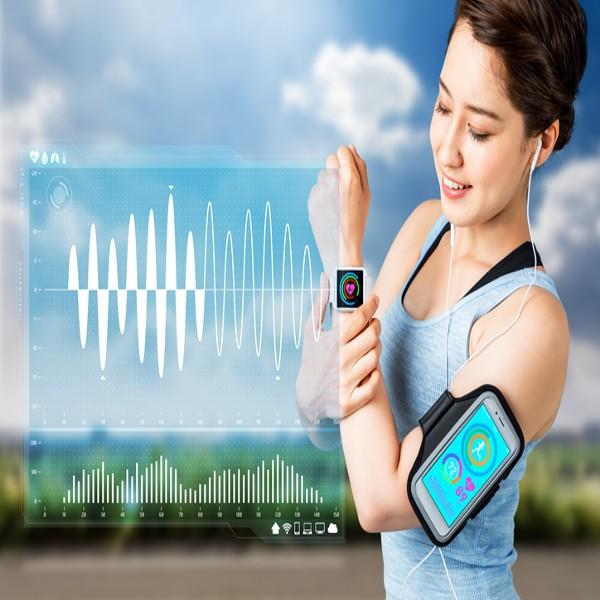The Rise of Wearable Medical Devices Technology

Continuous heart rate tracking has proven useful for diagnosing heart conditions. Simply wearing a monitor for a few days can provide doctors with enough data to detect arrhythmias like atrial fibrillation that may otherwise go undiscovered. ECG measurements taken directly from the wrist further enhance the diagnostic power of wearables by precisely analyzing the timing and magnitude of electrical signals with each heartbeat. This detailed heart activity data has helped identify previously undiagnosed heart issues in many wearable users.
Blood oxygen saturation, also known as SpO2 levels, provide insight into respiratory function when measured by wearables. Low oxygen levels in the blood can be an early warning sign of lung diseases like chronic obstructive pulmonary disease. Continuous SpO2 monitoring via wearables allows for catching dips in oxygenation that might otherwise be missed with occasional spot checks in a clinical setting. The round-the-clock data collection capabilities of wearables are revealing new ways diseases affect people throughout daily life.
Wearables Help Manage Chronic Conditions
For those living with chronic health conditions, Wearable Medical Devices are proving useful for ongoing disease self-management. Diabetes patients, for instance, rely on continuous glucose monitors (CGMs) that work with an insulin pump to automate insulin delivery based on interstitial fluid sugar readings taken just under the skin. New CGM technologies are being integrated directly into wearables to give diabetes patients a discreet way to closely track glucose that doesn't involve frequent finger sticks.
Wearables are also playing a role in asthma management. Inhaler sensors that clip onto existing metered-dose inhalers allow physicians to view usage data and ensure patients are taking their preventative medications as prescribed. The sensors send alerts if inhalers aren't being used as often as they should be. Beyond just tracking usage, some innovative inhalers incorporate electronic caps that dispense the right medication dose based on data from a paired smart device's spirometer function. This technology helps optimize treatment in real-time based on lung function.
For people with heart conditions like atrial fibrillation, congestive heart failure, or those who have had heart attacks, wearables providing heart rate and ECG readings give reassurance that any concerning changes in cardiac function can be caught early. Customizable alerts notify users and their care teams if rates exceed safe limits. The potential for early intervention has significant implications for reducing healthcare costs associated with emergency department visits and hospitalizations from unmanaged cardiac issues.
Wearables Impact Surgical Outcomes
In the operating room, wearable technologies are finding use as well. Sensors placed on patients' chests under surgical drapes can continuously monitor heart rhythm, respiration rate, skin temperature and other vital signs during surgery without disrupting the sterile field. If any measures fall outside safe parameters, an alarm sounds right away to alert the surgical team rather than having to wait until periodic manual checks of a monitor at the bedside.
Get more insights on Wearable Medical Devices
Also read related article on Blood Glucose Test Strip Market
Discover the Report for More Insights, Tailored to Your Language
- Art
- Causes
- Crafts
- Dance
- Drinks
- Film
- Fitness
- Food
- الألعاب
- Gardening
- Health
- الرئيسية
- Literature
- Music
- Networking
- أخرى
- Party
- Religion
- Shopping
- Sports
- Theater
- Wellness
- IT, Cloud, Software and Technology


